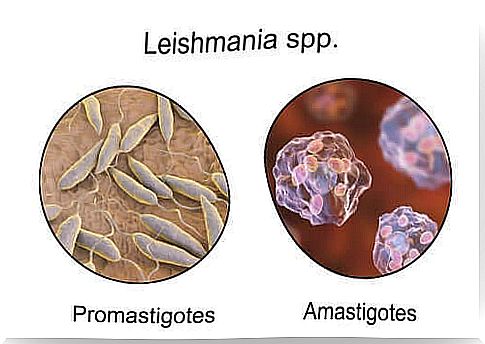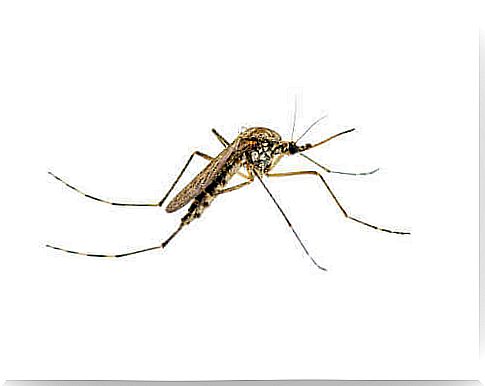Leishmaniasis In Cats: Reasons And Treatment Options

The leishmaniasis is a disease in cats by the parasite Leishmania infantum is caused. This parasitic disease has already been observed in various species. They are caused by members of the genus Leishmania.
What is leishmaniasis?
The leishmaniasis is a series of clinical manifestations, caused by various species of the genus Leishmania are triggered. The disease can make itself felt in different ways:
- Skin (local or diffuse)
- Mucous membrane
- guts
According to the World Health Agency, the parasites that cause leishmaniasis are found in North America, South America, Europe, Africa and Asia. They have also been found to inhabit tropical and subtropical areas.
Causes of Leishmaniasis
The parasite responsible for leishmaniasis in cats is called Leishmania infantum. This protozoan parasite requires a vector to be transmitted to other vertebrates.
The vectors mostly belong to the genus Phelotobomus , which are found in Europe, Asia and Africa. It can also be a species of the genus Lutzomyia found on the American continent.
It is believed that the sand flies are the main carriers of the disease in cats. The cats become infected when the mosquito feeds on them.
At the same time, non-infected sand flies can also become infected when they suckle an infected cat. So it happens that infected cats can serve as an additional reservoir for L. infantum .
The protozoon’s biological cycle is complex: it has a number of morphological changes depending on the host on which it is located. The mosquitoes infect the vertebrate, which serves as the host, with the protozoon as a promastigote.
After inoculation, the host’s marophages devour the promastigotes. S o it is that they are in the macrophages to amastigotes.

Influencing factors
Various factors can influence the multiplication of the effects of this parasitic zoonosis. These factors include:
- Number of vectors infected
- Population density of the sand fly
- Population density of hosts
- Appearance of new reservoirs in the geographic area
- Meteorological factors, especially temperature and humidity
Symptoms
The most common signs seen in this disease are skin or mucosal injuries on the head or hind limbs. Inflammation of the lymph glands can also occur.
The least likely to be noticed is eye or mouth injuries and weight loss. Occasionally, jaundice, fever, vomiting, diarrhea, dehydration, and other symptoms occur.
A complete blood count and biochemical profile, along with a urinalysis, should be obtained for any sign of suspicion of the disease . A laboratory culture is also necessary to determine the parasite disease.
Treatment of leishmaniasis
There are no controlled studies of the treatment of leishmaniasis in cats. Usually, veterinarians prescribe the same medicine that is used on dogs.
The drug that is most commonly used is called allopurinol. However, it is also possible to use a combination of allopurinol with N -methylglucamine antimonate. This medicine has been recommended in studies, but the vet makes the best decision in each individual case.
While the drug is being administered, the cats must be observed to rule out any undesirable side effects. If that happens, the vet will decide how to deal with the situation.

Precautionary tips
To prevent leishmaniasis in pets, veterinarians and specialists recommend a range of pieces of advice. This includes:
- Every year there are two times when the risk of infection multiplies: at the end of June / beginning of July and at the end of September / beginning of October
- It has been noticed that cats with a compromised immune system are more likely to be attacked.
- The use of special mosquito repellants can be recommended, but its effectiveness has not been proven.
Final remarks on leishmaniasis
Leishmaniasis is uncommon in cats, but fewer cases have been noted than in dogs.
This does not mean that cats are more resistant, but that it is possible that the disease is not diagnosed in cats as often because it is mistaken for other diseases and it is not as well known to veterinarians as leishmaniasis is in dogs.
Leishmaniasis has also been seen in humans. About 20 species of Leishmania are responsible for the infection in humans.









